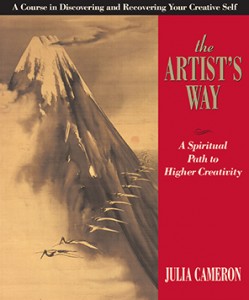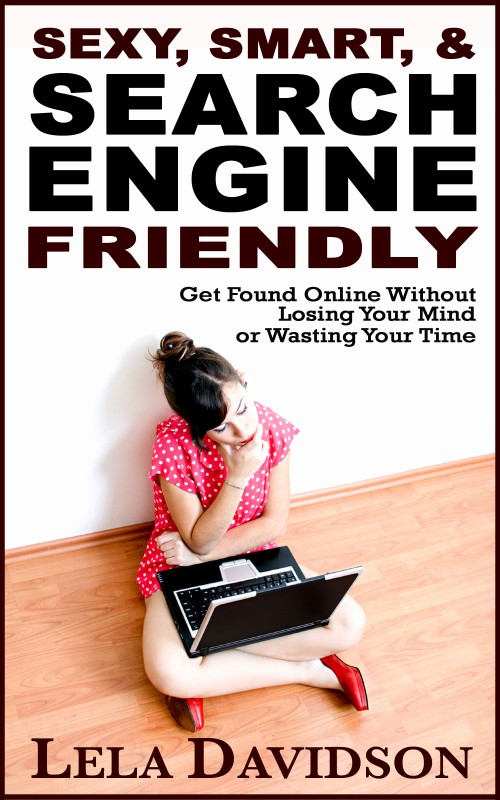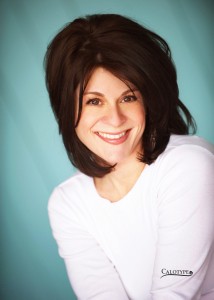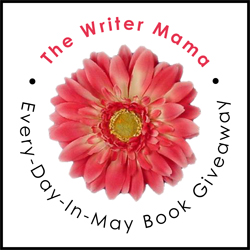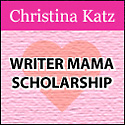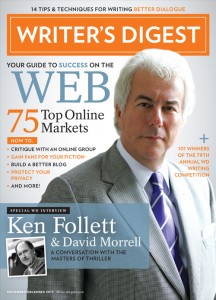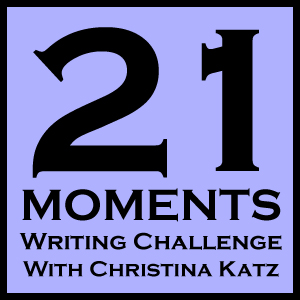
So, I’ve been writing moments this month alongside the folks who are taking the 21 Moments Writing Challenge this round.
I have to say that this little challenge is even more powerful than I thought it would be. I am also hearing from others that the challenge has been powerful for them.
There seems to be an awful lot of violence, terror, and pain in the world right now. But of course, these things have been part of humanity for all of time, not that this makes any of it any easier.
But because being human comes with so many challenges, I am so glad to have writing in my life.
There are probably more reasons to write than I can possible count. I have tried to count them before and always feel like I am barely scratching the surface.
As a writing expert these many years, if I have learned anything, it is that people write for a whole range of reasons and often more than one reason at a time.
Here are a few things that I have noticed in the past nineteen days about the way that the writing challenge has changed me:
- I have been more present.
- I pay more attention to every moment.
- I notice more details in everyday life.
- I am experiencing life at a slower and deeper pace.
- I am more appreciative of artfulness in others.
- I am more reflective and less reactive.
- Time feels wider, deeper and richer.
- I am exploring topics that have interested me for a while that I wasn’t getting around to writing about otherwise.
- I am still getting all my other writing done. In fact, I seem to be getting it done more effortlessly.
- I am noticing that I can pretty much write about anything on any given day until I have an aha moment.
- I am appreciating the simple discipline of writing that is focused on “me,” rather than only working on writing that is already committed to someone else.
- I am noticing that everything around me is profound, even sacred.
- I feel free in my writing to say whatever I want.
- I am learning from writing things that I need to learn right now to keep up with the pace of my life.
- I feel like whatever I write is enough, and therefore I feel like I am enough.
- I feel a new freedom to think my own thoughts and say “no” to shoulds.
- I can express myself verbally better with less effort (probably because I am more present).
- All the pressure is off. All the creativity is on.
- I don’t want it to end, and yet I know a break in deadline pressure is always good.
- Most surprising, I actually miss creating a new challenge this month (because I’m taking the challenge rather than creating a new one), but I recognize that what I am doing this month is a totally different type of creativity than what I have done for the past three months.
- I notice that although I like both types of creativity (creating the challenge vs. taking the challenge) that taking the challenge seems to be more powerful, at least for me. Though I found creating all three challenges to be very moving and inspiring. The two processes are just different, I guess.
People have been giving me feedback about The 21 Moments Writing Challenge since the first one ended in late January, and I listened to what they said, but I don’t think I really heard it until I did the challenge myself.
In other words, this is powerful stuff. Now I get what you guys were saying!
So far, I have not heard from anyone who committed to the challenge and who said it didn’t do them any good. I’ve only heard things like, “Wow…this is good stuff.”
And now I get it. Yes, the examples are helpful. They are inspiring and instructive.
But the “good stuff” that everyone has been talking about is the stronger, tighter connection each of them feels towards their own writing process. And that’s not me or my examples; that’s them doing their writing.
And you know what? You really can’t put a price tag on that, because when a person who is supposed to be writing IS writing, well, then heck, all is well with the world. At least that’s how it feels.
I hope you can join me for the last round of The 21 Moments Writing Challenge this spring. It begins May 1st and will be the last one until we start back up in September for three more rounds in the fall.
I can promise you one thing if you do it. I can promise you, you.
And I don’t think I can make a better promise than that.
Registration is now open for May. You can learn more here.
Hope you can join us!


